There’s plenty of great choral music available for the holiday season. Large works such as Pinkham’s “Christmas Cantata” or Britten’s “Ceremony of Carol” offer high school singers tremendous educational value while challenging them for months at a time.
While larger works such as the ones mentioned have tremendous educational value, they likely do not offer seasonal value to our typical audiences. When it comes to spreading holiday cheer, our public high school audiences, made-up mainly of parents, will likely appreciate more recognizable holiday choir music.
I’m not proclaiming we should be making our educational choices to suit our parents’ taste. I’m not stating we should eliminate large holiday works. What I do believe is that we have a tremendous opportunity to build tradition and share holiday spirit with our audiences; this opportunity only requires minimal rehearsal time to create maximum result.
Try SIGHT READING FACTORY and save 10% using code: choralclarity
Some choral directors may be against the idea of entertaining our audience, but I feel it is part of our job; with any audience, I believe we should engage, educate, and entertain. When we perform holiday “favorites”, we immediately engage and entertain our audiences; from there, we have plenty of non-holiday music and/or significant choral holiday works that can challenge our singers.
So this brings me to my choice to program the same exact holiday choir music, year after year. Why would I do this? Aren’t my students bored? Aren’t my parents annoyed?
The answer is “NO”. They all love it. My students and and their parents hear roughly two-thirds new repertoire and one-third traditions. I rehearse nearly ninety-percent new repertoire and ten-percent repeated music.
BLACK FRIDAY/CYBER MONDAY SPECIAL – 60% off
Here are the 8 reasons why I choose to program the same holiday choir music every year (and everyone loves it):
1. Repeated holiday choir music ensures a well-balanced program
It’s important, when teaching at a public high school, that Hanukkah, Christmas, and Kwanzaa are fairly represented. By repeating the same holiday pieces annually, I’ve ensured we warmly embrace different cultures and holidays within my community.
Alternative Concert Assignment – what to do when they miss the concert
2. Repeated holiday choir music is a welcoming way to invite the alumni back, year after year
As I stated in 10 Reasons to Retire the Hallelujah Chorus..especially with alumni!, I believe we can choose more successful traditional choices for our alumni to sing than the Hallelujah Chorus. By singing culturally seasonal music, our former students will be motivated to join us for our seasonal performance. When we repeat the same songs year after year, they are quite likely to remember the lyrics and vocal lines, and they will not need to warm-up prior to the performance.
O Hanukkah – Available SAB or SSA
3. Repeated holiday choir music ensures we always sing well-written and creative arrangements
While there are countless high-quality Christmas arrangements, there are far less Hanukkah arrangements, and even less quality pieces that represent Kwanzaa. Between my two ensembles, treble and mixed choir, I have a total of seven holiday arrangements that we perform annually at our winter concert. I can successfully balance my program by sprinkling in repeated holiday choir music throughout the evening.
Dreidel: available in the following voicings: SATB, SATB for caroling, SSA, SA
4. I hate killing off pieces after the New Year
I can spend the majority of rehearsal time focused on non-seasonal music. The music we begin in September can be performed throughout the year. I’m careful to limit the amount of repertoire that mentions “winter, snow, or cold” to 2-3 maximum as well for that same reason.
5. It minimizes the amount of time we need to devote toward learning holiday choir music
In my choirs, there’s no Christmas in October. We begin our holiday choir music the day before Thanksgiving; the final rehearsal before Thanksgiving is what we call our “alumni hour”, where our alumni are invited to join us for one daytime rehearsal. At this rehearsal, we reintroduce all of our holiday music. Our alumni and upperclassmen take the lead and bring their enthusiasm, warmth, and connection into their singing.
FREE ONLINE, ON DEMAND TRAINING SESSION CAN BE LIFE-CHANGING
6. Repeated holiday choir music builds a sense of tradition
Repetition leads to tradition, but only after everyone has bought in. I always make it a point to explain the tradition and backstory of every piece, how each piece came into our repertoire and what makes it so special. The reason I’ve added each holiday piece is because my first group of singers loved the music and asked to sing it again; essentially, each piece repeated for the very first time because so many students wanted to sing it again. After the first repeat, these pieces became annual staples.
BLACK FRIDAY/CYBER MONDAY SPECIAL – 60% off
7. The audience will find familiarity, comfort, and connection with the chosen holiday choir music
In most cases, the holiday pieces we choose to sing are well-known, even if the arrangements themselves are unique. Even if a specific holiday selection happens to be unfamiliar to a new audience member, the returning parents will be familiar with those selections.
Oh Hanukkah (SATB) – add this to your caroling packet!
8. Holidays are all about tradition
Our world has woven Christmas and Hanukkah music into holiday season. Once Thanksgiving is over, Christmas music dominates the radio, the malls, and on our favorite television shows. These holidays bring families and communities together, and many people choose to celebrate the same way, year after year. If we treat our choir as a family and our audience as our choir’s extended family, we can embrace them with tradition with familiarity. This is why the Hallelujah Chorus is beloved in so many communities. While I can really appreciate the sentiment behind choosing this great work, I believe there are many better choices for high school choral traditions.
FREE ONLINE, ON DEMAND TRAINING SESSION CAN BE LIFE-CHANGING
Last words about repeated holiday choir music
The concept of repeating songs has no bearing on the amount of holidays we choose to embrace.
Can you choose to repeat some fan favorites year after year and also teach varied high-quality holiday music every year? Sure you can!
FREE ONLINE, ON DEMAND TRAINING SESSION CAN BE LIFE-CHANGING
-
Product on sale
 Oh Hanukkah (SAB – accompanied)Original price was: $49.99.$34.99Current price is: $34.99.
Oh Hanukkah (SAB – accompanied)Original price was: $49.99.$34.99Current price is: $34.99. -
Product on sale
 Holiday Caroling Packet – for Christmas and Hanukkah!Original price was: $49.97.$20.00Current price is: $20.00.
Holiday Caroling Packet – for Christmas and Hanukkah!Original price was: $49.97.$20.00Current price is: $20.00. -
Product on sale
 Dreidel (SATB) – Concert VersionOriginal price was: $39.99.$29.99Current price is: $29.99.
Dreidel (SATB) – Concert VersionOriginal price was: $39.99.$29.99Current price is: $29.99.





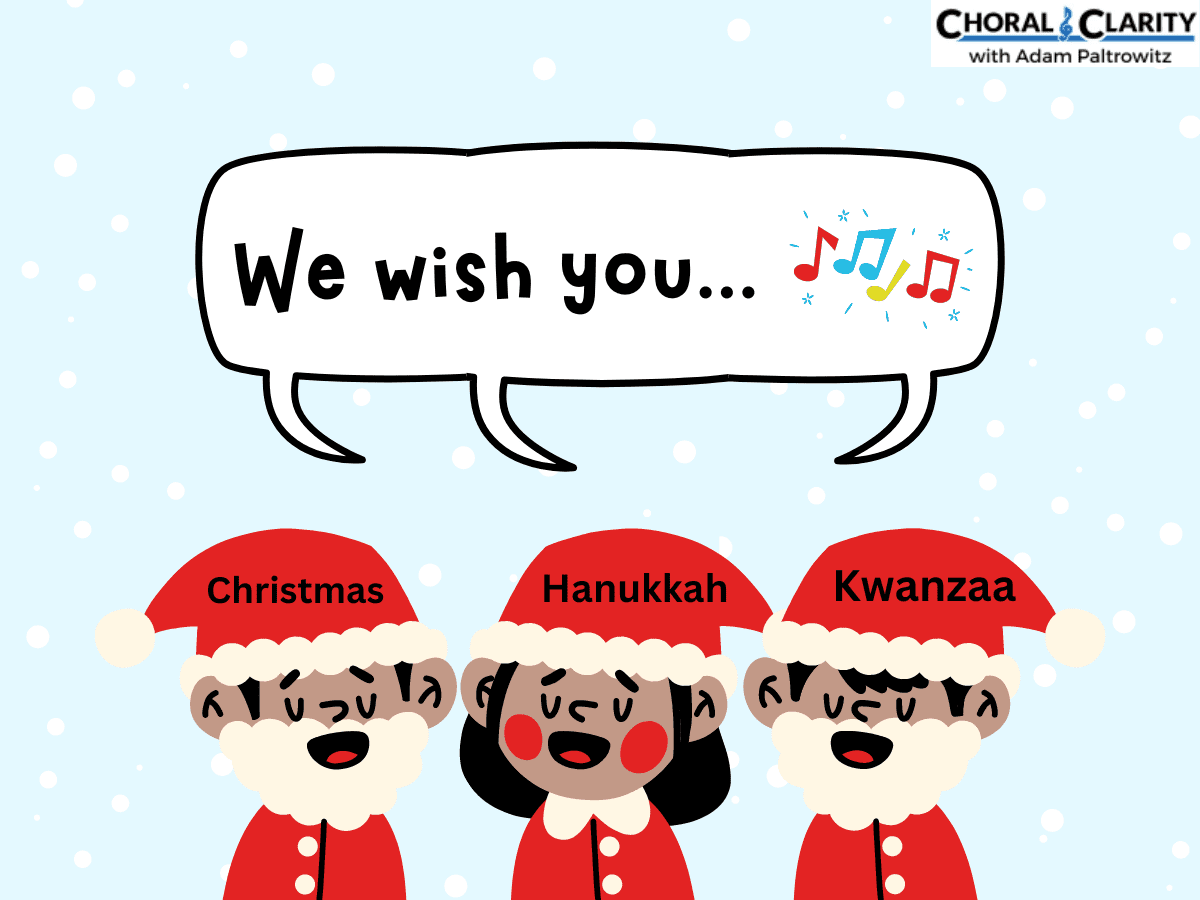
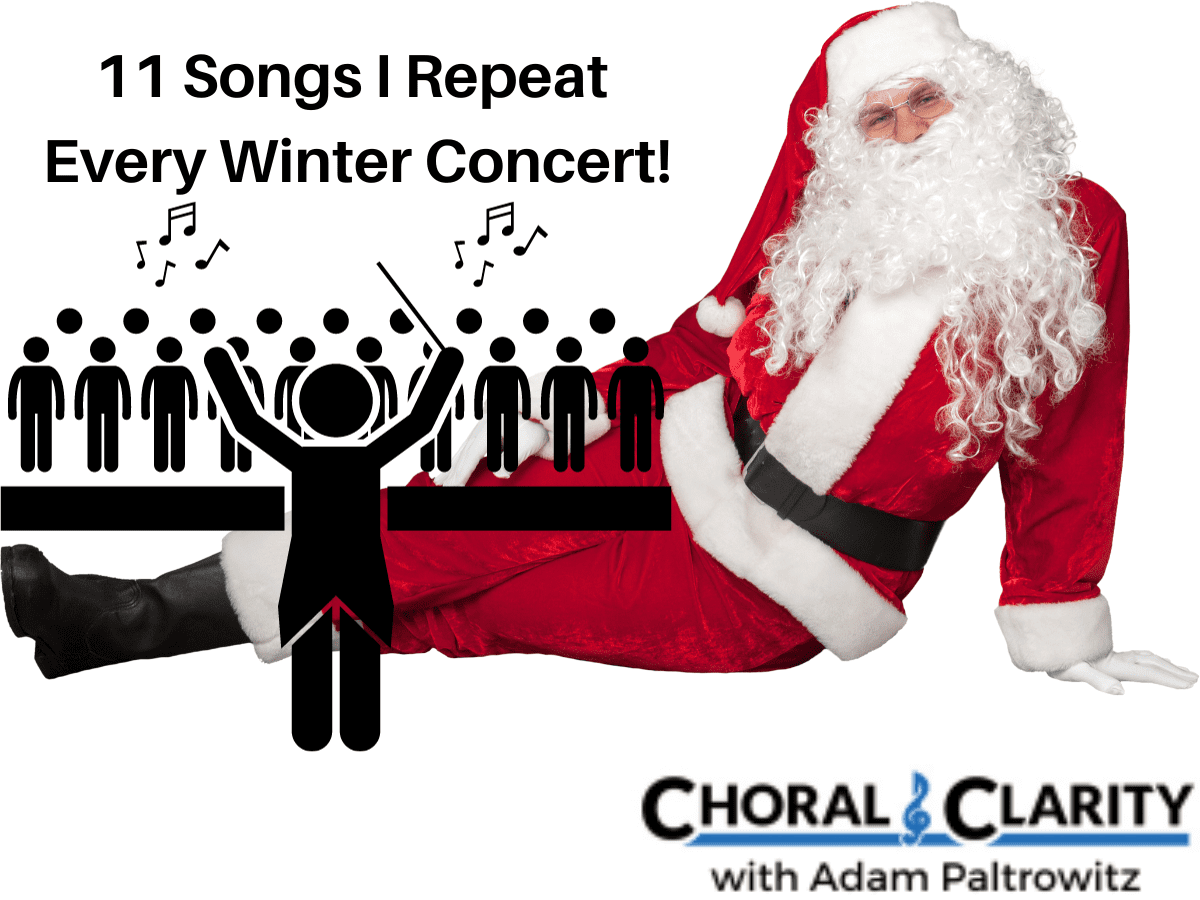
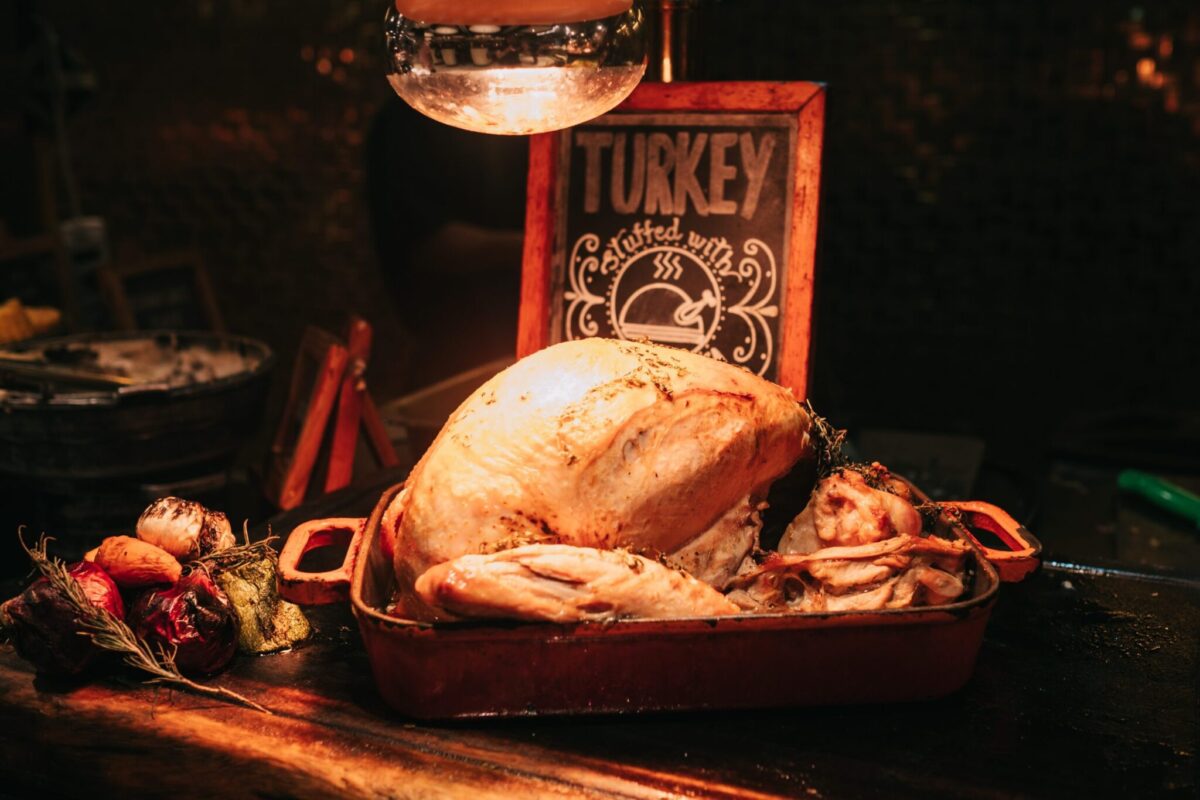
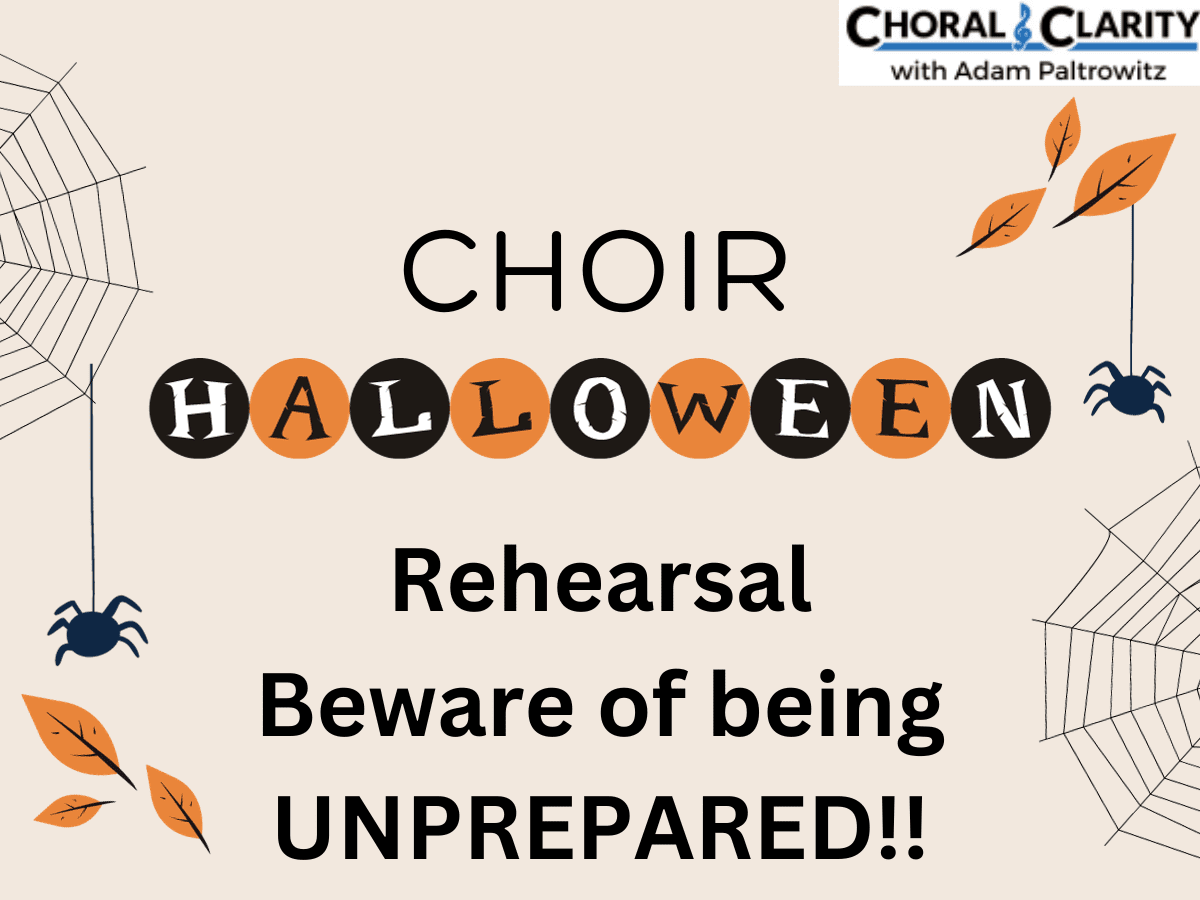
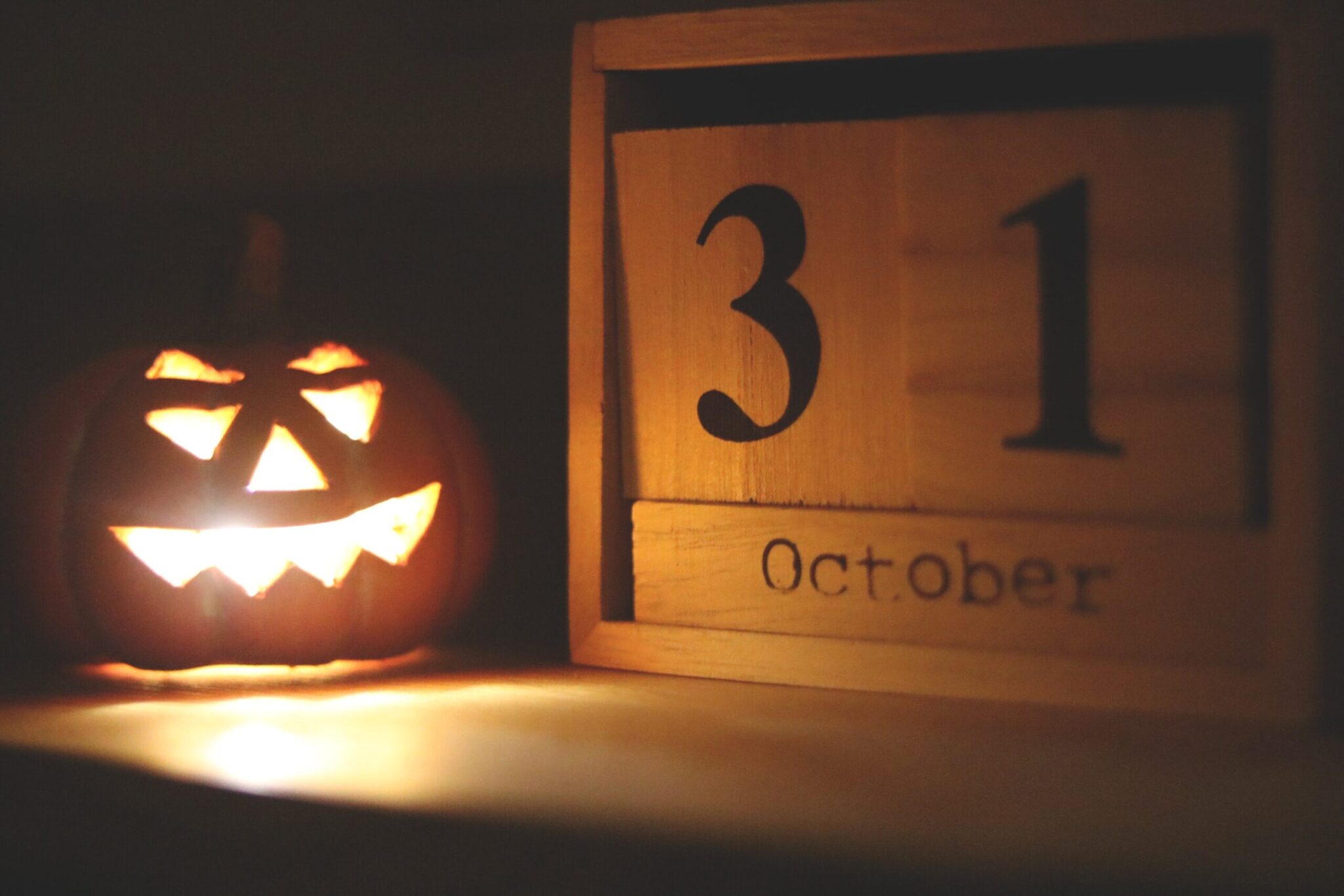
Tradition, tradition!
Happy Thanksgiving to you
and your beautiful family.